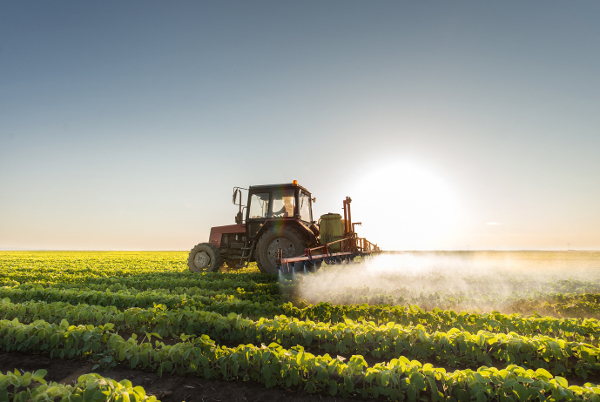What Your Leaves Are Trying to Tell You: A Practical Guide to Smarter Soil and Foliar Nutrition by Dr Gordon Rajendram

When it comes to growing healthy, productive crops, your plants often reveal what they need — you just have to know where to look. According to soil scientist Dr Gordon Rajendram, leaves are one of the best indicators of nutrient deficiencies. Subtle changes in colour, shape, or spotting can highlight underlying issues before they affect your yield.
Yellowing between the veins may indicate a magnesium deficiency, while stunted or distorted leaves often point to problems with boron or calcium. Left untreated, these issues can progress quickly. The good news? Foliar feeding offers a fast, effective solution.
Unlike traditional root-based fertilisers, foliar sprays deliver nutrients directly to the plant’s leaves. This allows for quicker uptake and immediate correction of deficiencies, particularly during peak growth periods or when soil conditions are poor. It’s a practical way to support plant health and boost performance — without waiting for the soil to catch up.
But foliar nutrition is just one part of a wider conversation: what should you really be putting on your land?
Too often, fertiliser decisions are made based on habit rather than evidence. While it’s tempting to stick with what’s worked in the past, every season brings new challenges. Weather patterns shift, nutrient levels change, and crop demands evolve. Applying nutrients without soil data risks overuse, waste, and environmental harm.
A smarter approach involves testing your soil regularly, understanding what your crops need at each growth stage, and tailoring your inputs accordingly. That might include slow-release fertilisers, biological amendments, or timely foliar applications.
Finally, it’s important to move beyond the mindset of soil testing as a “spring-only” task. Nutrient availability isn’t static — it fluctuates year-round with rainfall, plant uptake, and microbial activity. Monitoring your soil throughout the year provides valuable insights and helps prevent problems before they start.
As Dr Gordon Rajendram advises, tuning into what your plants and soil are telling you — and responding with targeted, informed action — is the key to growing stronger crops, protecting your land, and improving your bottom line.
Contact Dr Gordon Rajendram
021 466 077 | rajendram@xtra.co.nz
www.gordonrajendramsoilscientist.co.nz
Contact MediaPA
027 458 7724
phillip@mediapa.co.nz
